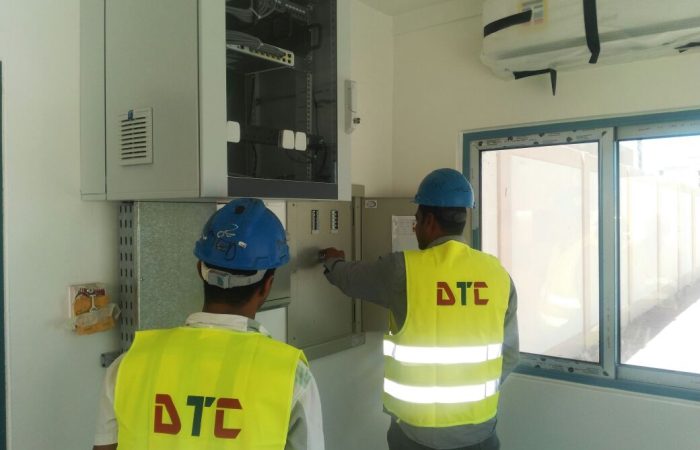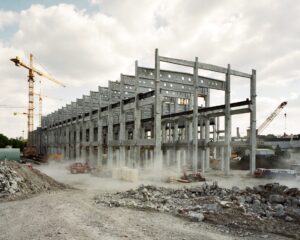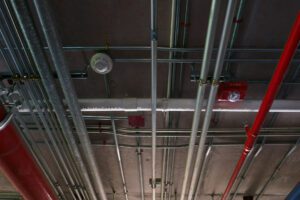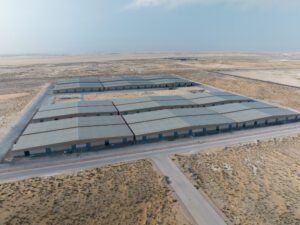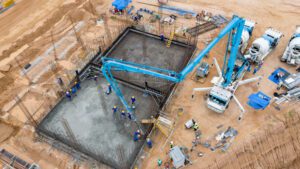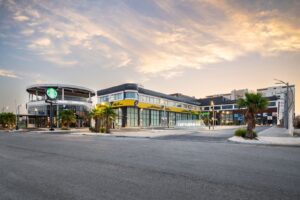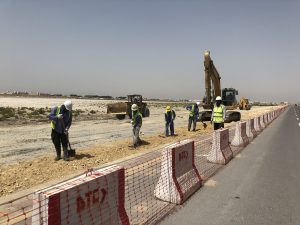Why installing fire alarm systems in buildings is necessary?
Every construction project incorporating the five primary service areas of mechanical, electrical, plumbing, HVAC, and fire safety need MEP Engineering. Each project is coordinated with our engineers and designers to meet or exceed customer requirements and all relevant regulations and standards. Our staff can manage many projects, from minor modifications and renovations to enormous greenfield complexes and significant advancements. With the assistance of this multidisciplinary workforce, the best solutions are created and implemented in specific areas of buildings.
The housing department makes it a priority to avoid fire outbreaks in buildings by requiring the installation of fire suppression and fire alarm systems. A fire alarm system ensures the safety of the building’s residents. This article emphasizes the necessity of installing heat sensors and fire detectors, including smoke and flame detectors, in buildings while under construction.
DTC Fire Suppression System
DTC setup and supply A pre-engineered, cartridge-operated dry chemical fire suppression system is available with either a fixed nozzle distribution network or a hand hose line system.
The device can detect fires automatically, and when one occurs, it may be manually or automatically activated, operating the cartridge cylinder valve. When the required pressure is reached, this device ruptures the burst disc, pressurizes and fluidizes the dry chemical extinguishing agent in the tank, and then propels the dry chemical into the protected areas through a network of distribution hose lines (manually operated) or fixed nozzles, suppressing the fire.
Installation of heat sensors in commercial buildings.
The law specifies the required distance between heat detectors when they are installed. Each floor of multi-story structures ought to include a heat detector. Most significantly, the sensors must be close to bedrooms and living spaces.
Qualified MEP engineers should place heat sensors in buildings with their knowledge of fire safety for the best fire protection measures. Since the entire system needs to be coordinated with comparable measures like the sprinkler system, the installation may appear complicated to a beginner installer. By using the control panel, the sprinkler system may put out the fire while notifying the fire combat centre of its occurrence.
It is necessary to adhere to code standards while installing heat sensors. Nevertheless, skilled engineers can guarantee that all code requirements are met. The codes’ standards assist in avoiding false alerts caused by misplacing heat detectors.
Why is taking services from a professional company necessary?
By allowing skilled engineers to install heat sensors on your behalf, you may avoid the hassle of becoming knowledgeable about various configurations, such as line and spot-type heat detectors. For instance, a spot-type heat detector is put on an uncovered ceiling or a wall close to the top. Long line types can detect fire along their whole length. The diameter of the spot-type detectors is tiny. The fixed and rate-of-rise heat sensors may be combined in some devices. The distinction between heat sensors that can be repaired and those that cannot is also important. In other words, if the fire has not damaged them, restorable heat sensors can be triggered again, but non-restorable ones need to be replaced.
The benefits of heat sensors in buildings
Any structure would be vulnerable to fire damage without heat sensors, endangering the health and safety of its people. Additionally, according to fire safety rules, fire detectors are required. If there are no fire detectors or alarm systems in the building, it could be regarded as one of the frequent building infractions. The building features a beautiful combination of sensors and automated sprinklers to prevent fire outbreaks and notify the proper fire authorities.
Compared to smoke detectors, heat sensors require less installation money. They can also function in various environmental settings and have a low life cycle cost.
How does DTC ensure building fire safety measures?
In commercial buildings, heat sensors are a crucial part of the fire emergency communications system. They may be combined with other detectors, such as smoke detectors, to create a robust alarm system. Heat detectors, among other things, have cheap installation costs.
We provide our customers with complete solutions, from idea development through commissioning. Our qualifications show that we can plan and implement various fire protection and fire alarm systems. We provide services to businesses and institutions in the public, semi-public, or private sectors.
Designing, supplying, installing, testing, and commissioning fire protection and fire alarm systems are all part of our services. Systems like the FM-200, CO2, Sprinkler, Deluge, Foam System, and Addressable as well as Conventional Fire Alarm Systems are just a few of the ones we use.

